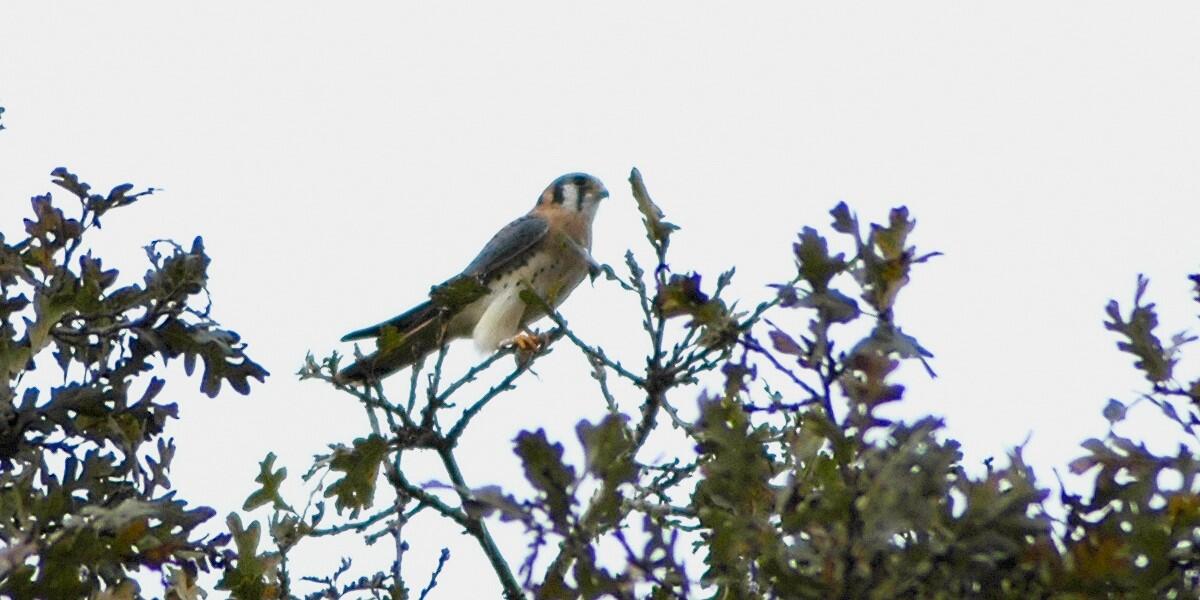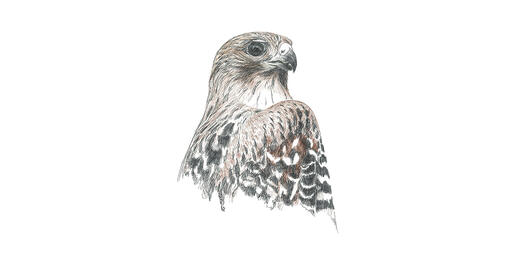

Morphological changes in American kestrels (Falco sparverius) at continental migration sites
The following story highlights a raptor research project that tells us something new about the incredible birds of prey we monitor at the Golden Gate Raptor Observatory (GGRO). Thank you to our GGRO volunteers for preparing this summary. Read more raptor science stories here >>
Authors: Teresa E. Ely, Christopher W. Briggs, Shawn E. Hawks, Gregory S. Kaltenecker, David L. Evans, Frank J. Nicoletti, Jean-François Therrien, Olin Allen, John P. DeLong
Year: 2018
Journal: Global Ecology and Conservation
American kestrels (Falco sparverius) are the smallest North American falcon and are widely distributed across North America. Kestrels feed on small prey, including insects, lizards, birds, and mammals. Kestrel populations have been extensively monitored at fall migration sites across North America and many populations are declining. It is unclear what factors may be responsible for these declines, but potential causes include mortality from reduction in food availability, climate change, habitat loss, an increase in avian predators, disease, and toxins. If food availability is influencing kestrel populations, then we might expect individuals would be in poorer body condition (i.e., have lower weight relative to body size), leading to both reduced reproduction and survival.
In 2018, Teresa Ely, our current GGRO banding manager, led this study that included data from fall raptor migration sites across North America. Ely analyzed migration count and banding data from seven migration monitoring sites including GGRO, each with at least 20 years of migration data. Migration count data was used to determine the year at which kestrel populations began to decline significantly, and then banding data were used to determine whether kestrel body weight and wing measurement declined after that point.
Kestrel populations declined significantly at all seven migration sites during the last decade, with some sites showing declines for much longer periods (12.6% to 42.7% per 10 years). Data from three of the seven migration sites showed reductions in kestrel body weight (approximately 1 gram per 10 years) and five of the seven migration sites had reductions in wing length measurements (approximately 1 millimeter per 10 years).
These results suggest that the decline in American kestrel numbers and decrease in body size measurements may be a result of food availability. Other studies in Europe and North America have found that body size change was related to changes in food availability caused by shifts in diet and climate. The results do not rule out other factors including predation, disease, or toxins, which will require additional research.
Golden Gate Raptor Observatory
How far does a Broad-winged Hawk fly? What's on a Merlin's migration menu? See what we're learning about birds of prey.
